Hi to everybody ,
i want to introduce my self on this comunity with what perfectly rappresent me . sea life and it s secrets.
for this i want to start my blog with this first post talking about palaemon elegans , a rockshrimp that lives in many place of the world , along the cost , hided bheind the rock.
why i m so interested on this shrimp ? cause it s important for understand how sea life starts , in it s most simple forms as little , microscopic animal that swim and change form during is juvenil period until it reach adult form.
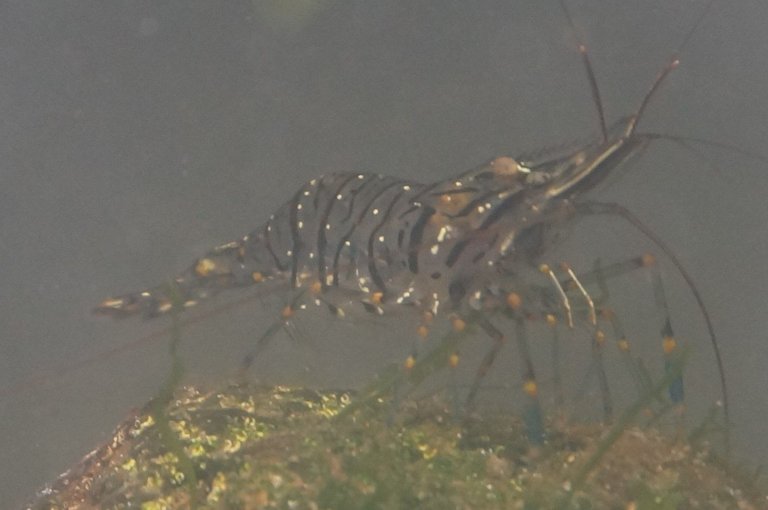
(adult female on a rock during the day )
Palaemon elegans is a species that often is confused with Palaemon serratus
those two rock shrimps are so similar but we can use little body charatteristic to distinguish one from another.
at first rostrum lenght that is less developed in palaemon elegans and we can recognise it trought countin total horns and how many horns has the rostrum behind the point in wich the eyes are perfectly sorted , palaemon elegans has a maximum of 3-4 horns behind this point , but is more simple use the total lenght of the rostrum for a fast macroscopic recognisation.
then the total lenght of the animal
Palaemon Elegans ,in fact ,does not become more longer than 9cm , and this is a characteristic that just the females own because the male don t reach more than 6 cm.
this is a characteristic that make female more visibile and protective respect male , also during breeding period.
infact male never fight each other for food or domination as the female do during all it s life , during normail life or during breeding seasons they always stay in alert from predators , other females , mostly if their opponent are female with eggs in their abdomen.
some microscopic observation of body structure of palaemon elegans , fresh observations of the skin immeduatly after a periodical moulting changing
teslon particular at 10x magnification
pincer at 4x magnification
pereiopod particular at 4x magnification
antennas particular and rostrum 10x magnification
pleiopod structure 4x magnification
and 10x magnification.
talked about general body and behaviour characteristic , now talk about the tank , layout and keeping.
for breed those shrimp i use
one 100 liter tank - female with eggs keeping tank
one 80 liter tank -main tank
one 30 lt tank- laying tank
one or two jar of 3/5 liter rearing jar for baby shrimp
the water that i used to fill and that i use for water changes is totally pure salt water direct from the sea ... carried at home and keeped in a tank with air bubble movment
all the tank are biological filtration free and its maintened just with the use of a compressor and air filter that makes their job perfectly in every situations , never had problems of any sort . and for precisation those are recommendend when you want to breed cause its prevent to kill baby fry shrimp and also in it lives a lot of zooplancton..
the main tank is the 80 liter tank , in wich i keep a colony of maximum 20 shrimp (more female than male)
the layour is base on rock , i use basalt , effusive voocanic rocks cause in catania , where i live and where i take the shrimps for my expiriments the habitat is all surrounded by basalt that comes out from old lava flows that interested the cost during first etna vulcanic activity.
the tank is keeped at 20/21 C deegres and the water changes are weekly and periodically carried out for mantain a good biological equilibration from the substrate colonization to the water quality .
mostly important things to reach reproduction is to have a good NO3 concentrations that you can obtain trought
1overfeeding
2water changes every two weeks
3No siphonation on the substrate
after reaching a good concentration of NO3 shrimp will normally starts breeding before they change female change her skin.
the insemination is internal and the sperms are collected in a "bag" speratheca , and it will be used after three weeks when the eggs will be rady for the real act of fecondation
at this moment shrimp starts to collectd theeggs under their abdomen and will look like this female
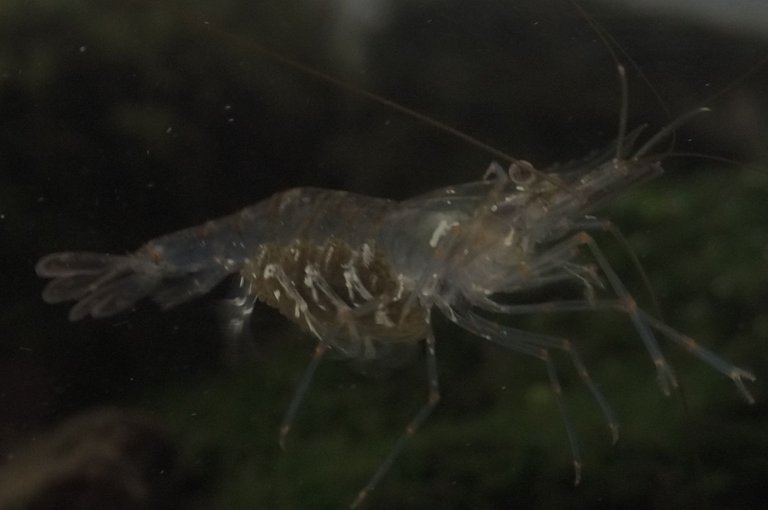
she will take care of her eggs all day for 1 months (less or more time depends on the temperature in wich you keep them 21 c deegres = 30 days of waiting more or less )
she will keep clean her body and the eggs too to prevents a micotic attacks (fungi proliferations is the first cause of fry dying and it s linked too many problems that may interest your thank ,but generally is just a problem linked to the fertile state of breeders .
female cleaning her eggs and pleopods.
after two weeks when the eggs turn bright green ( image unfortunatly not didponibile in high definition , hope to charge one in future under microscope magnification...)
the female is moved in all cleaned 100 liters tank cause her eggs are now complitely formed
during the third week eggs will be fertile and it will turn in a deep green , and black dots will be visible on each one eggs , this is the time to move the ready female in a 30 liters tank where after a week she will lays her baby.
when baby shrimp born they immefiatly starts to go to the surface where we can collect and transfer them in a 3/5 liters jar for simple manipolation of fry and simple cleaning manteinence
the first day the fry will look like this one
1 day baby shrimp 4x magnificatin
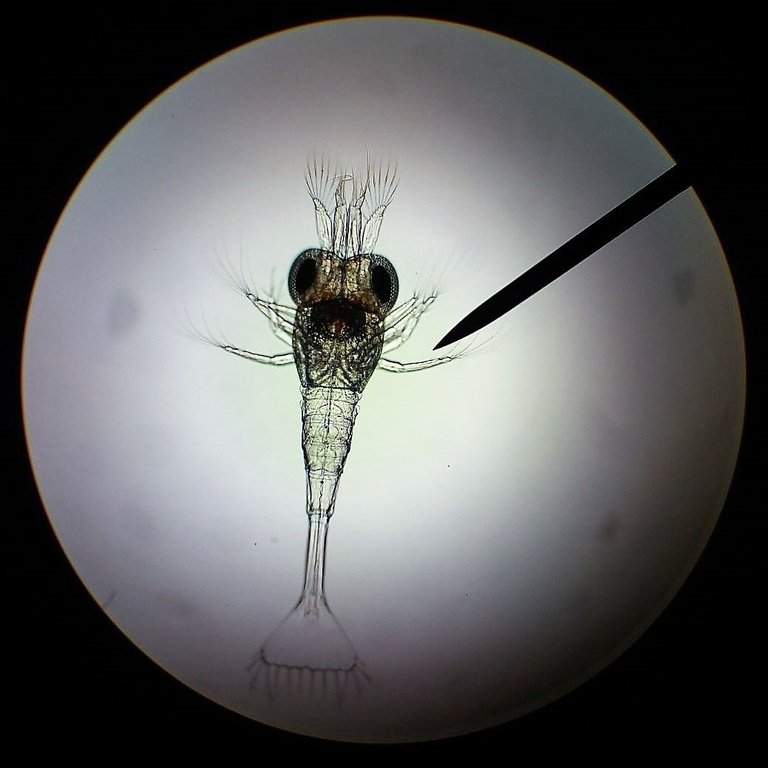
10x magnification
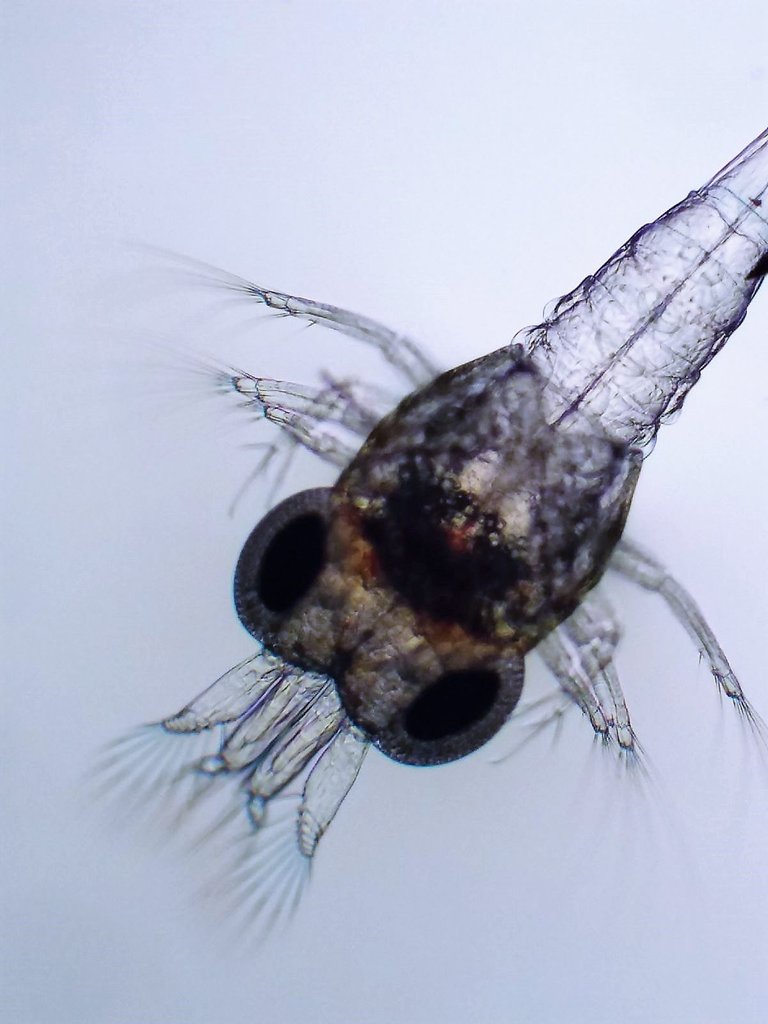
3 days old baby shrimp changing skin

at this point we need phytoplankton ready colture for feed our babyes cause they still stay in a planctonic form until they reachs 1 months old an starts live as their parents , on the ground as a bentonical animal
we can use nannochloropsis for this purpose... if you want to know how to start and keep a phytoplancton colture for your baby fish or shrimp follow me on my blog for the next step.
thanks to everybody for reading it , if u need help u can contact me or if u have questions i ll be happy to help you as soon as possible and , of course if i can.
please leave a feedback on this post to say what you think about , your help would be important for me to improve my post day by day.
at the next microscopic adventure .
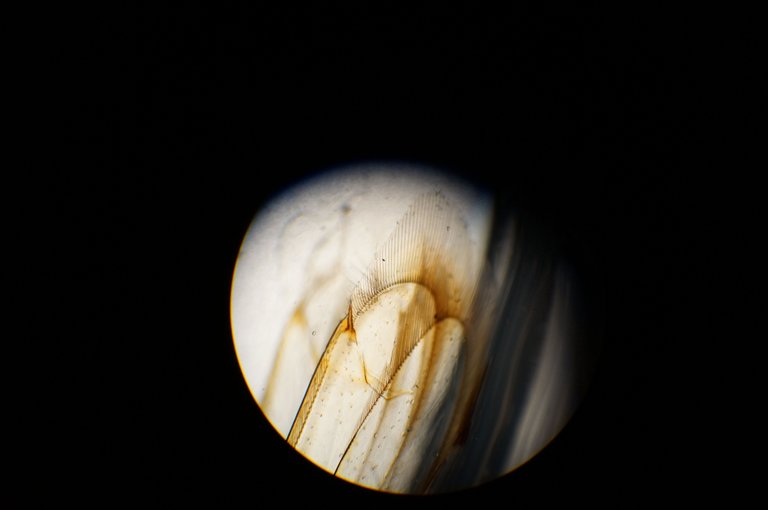
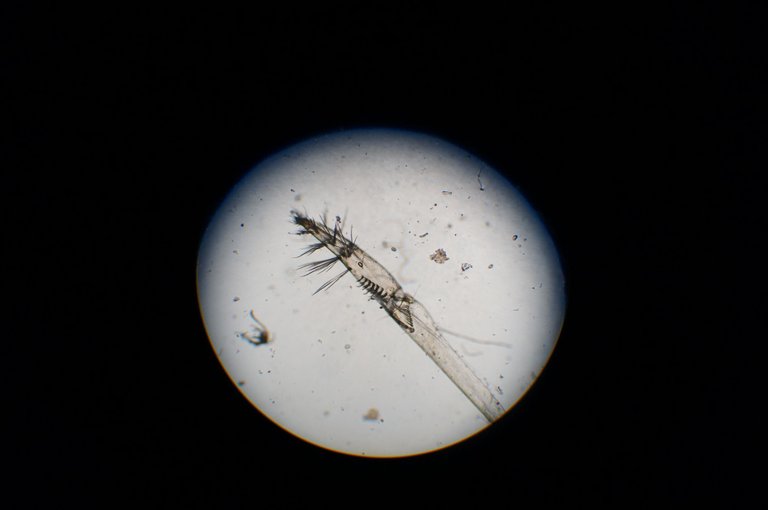
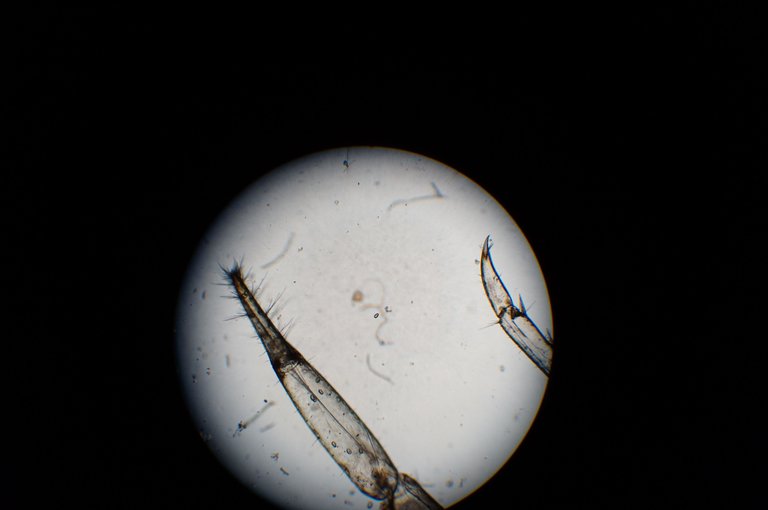
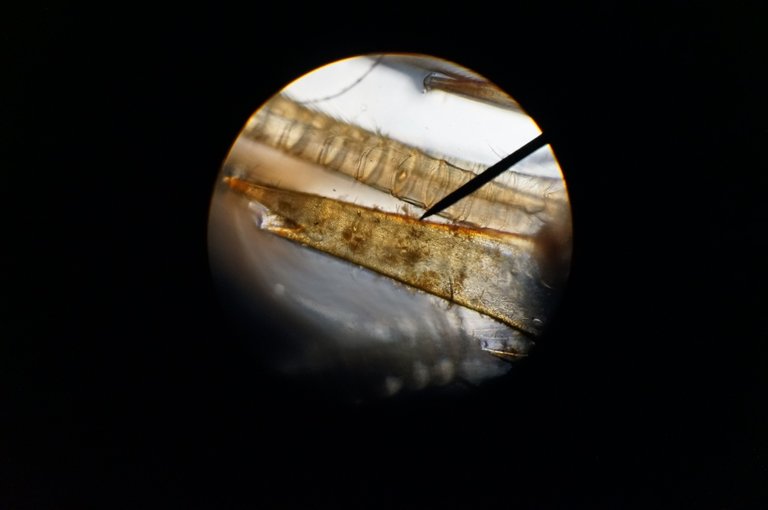
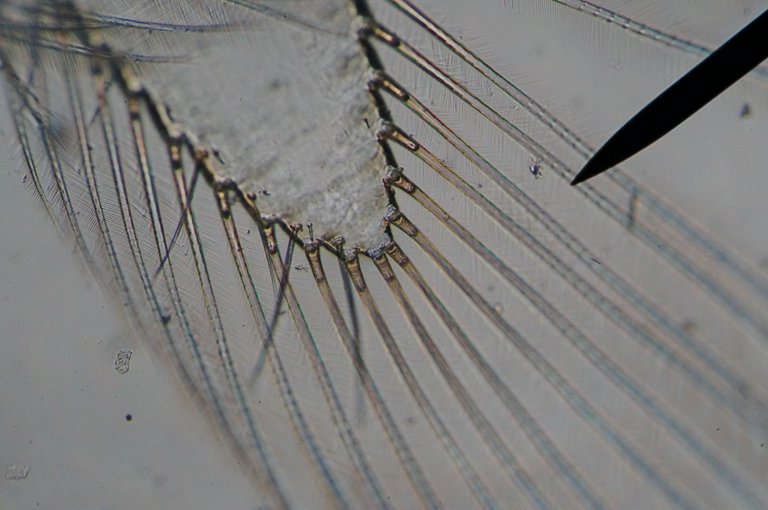
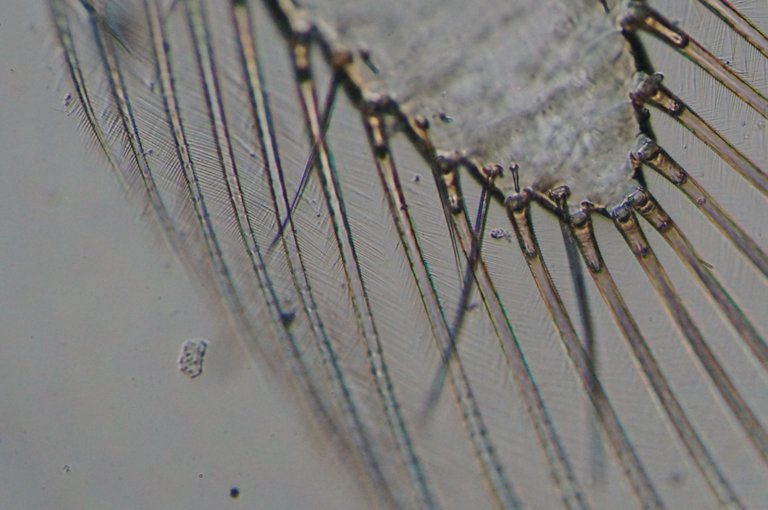
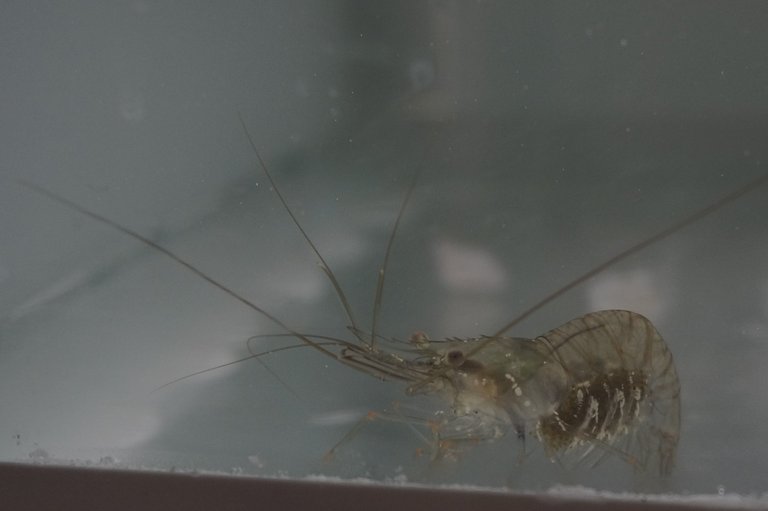
World of Photography Beta V1.0
>Learn more here<
Tuesday.
You have earned 5.05 XP for sharing your photo!
Daily photos: 1/2
Daily comments: 0/5
Multiplier: 1.01
Server time: 05:39:24
Total XP: 5.05/100.00
Total Photos: 1
Total comments: 0
Total contest wins: 0
Follow:
Join the Discord channel: click!
Play and win SBD:
Learn how to program Steem-Python applications:
Developed and sponsored by: Thank you for participating in #animalphotography, the weekly selection will be released on @photocontests@fairlotto@steempytutorials @juliank